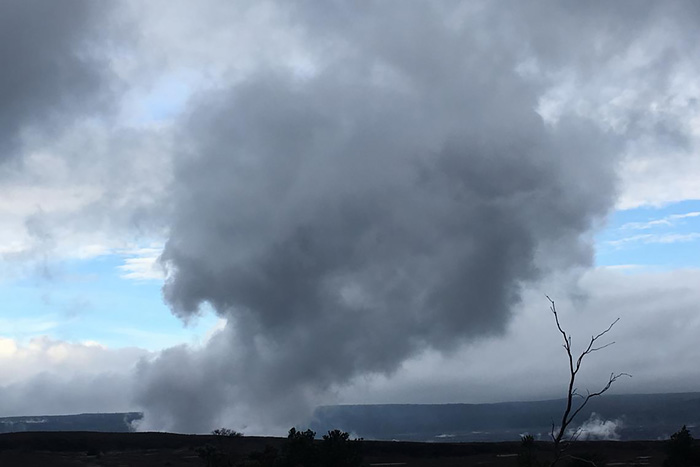
A new modeling study led by NOAA researchers highlights the challenges and potential consequences of solar geoengineering actions large enough to ward off extreme warming by the end of the 21st century. The study simulates the injection of sulfur dioxide into the atmosphere to counter carbon dioxide emissions. The study finds that sulfur dioxide injections of up to 50 million metric tons per year would be needed to keep temperatures from rising.

In recent decades, the Northern Hemisphere has featured a “Warm Arctic, Cold Continents” (WACC) pattern: warming and rapid sea ice loss of the Arctic, and frequent cold, harsh winters over Eurasia and central North America. A new study, funded in part by CPO’s Climate Variability and Predictability (CVP) program, investigates the drivers of year-to-year variability in the WACC.
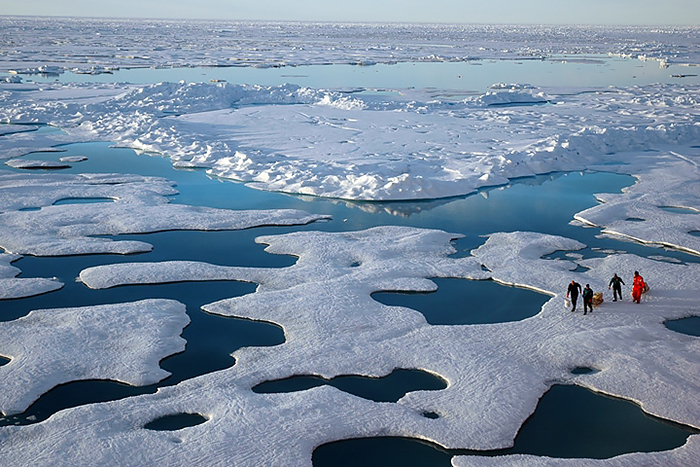
A new study supported by NOAA Climate Program Office’s Climate Variability and Predictability (CVP) program, led by CIRES and the University of Colorado Boulder, uses maps built with machine learning to identify large-scale atmospheric patterns that are linked with the start of seasonal sea ice melt in the Arctic.

NOAA’s HYSPLIT (Hybrid Single-Particle Lagrangian Integrated Trajectory) atmospheric dispersion model now integrates features from a widely used greenhouse gas emissions model, thanks to a competitive grant project.

A newly released report, “The State of Climate Knowledge 2021,” outlines New York City’s climate research priorities, and identifies knowledge gaps for future study. NOAA’s Consortium for Climate Risk in the Urban Northeast (CCRUN) coauthored the report.
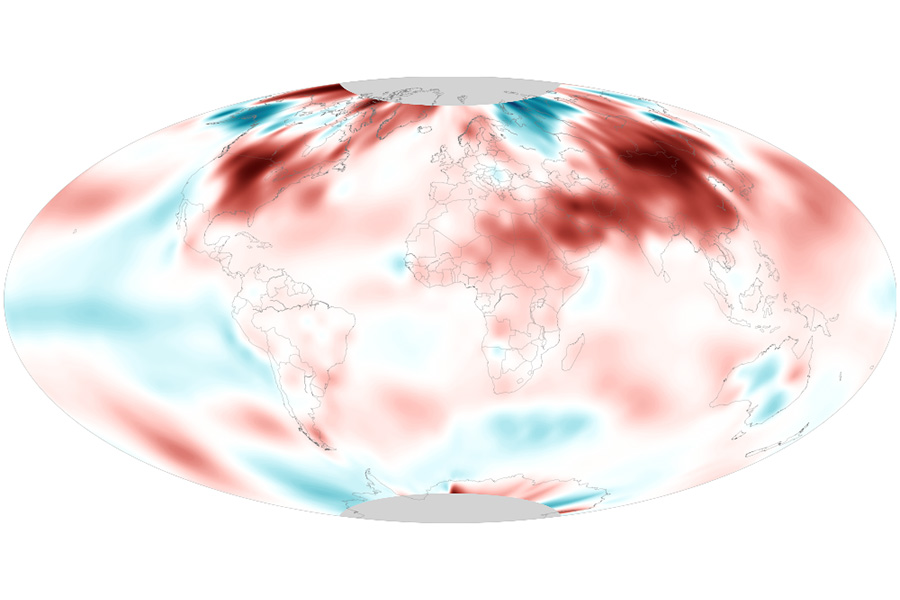
Although this was the smallest warm departure for any March since 2014, it was still the eighth-warmest March for the planet in the 142-year record.
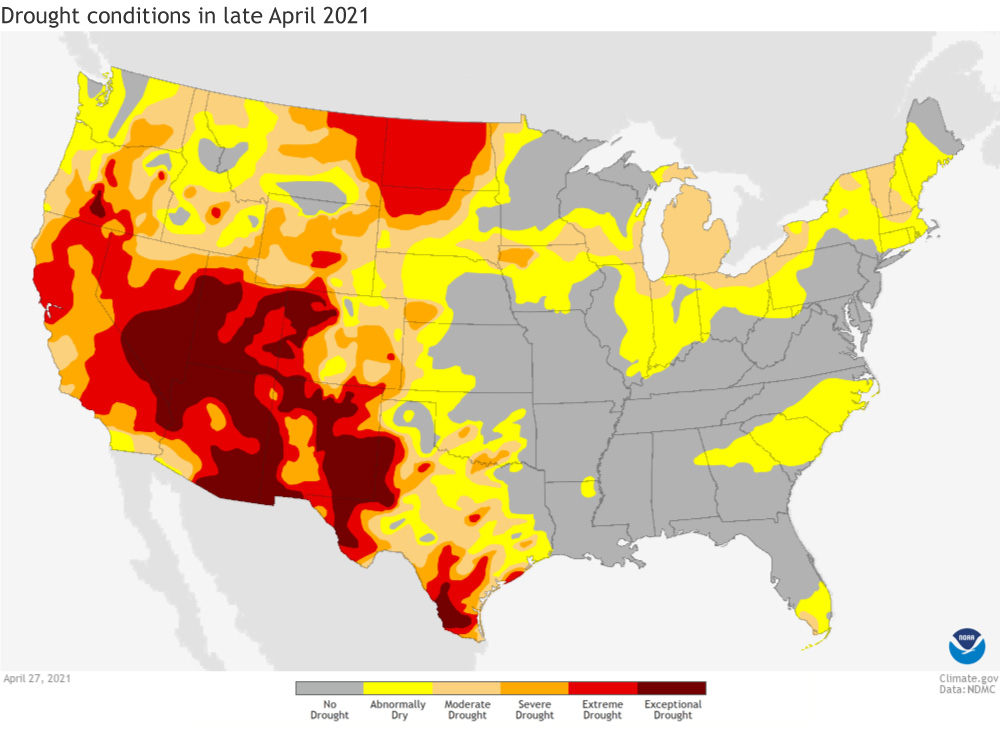
The May 2021 outlook favors warmth for the southern half of the country and a wet East-dry West split.
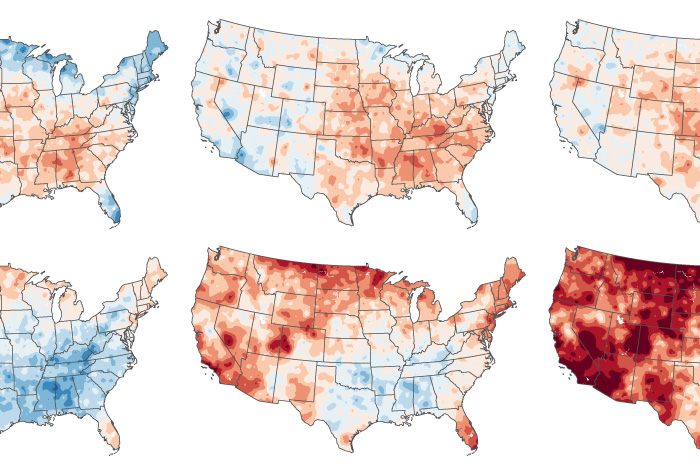
Every ten years, NOAA releases an analysis of U.S. weather of the past three decades, calculating average values for temperature, rainfall, and other climate conditions that have come to represent the new “normals” of our changing climate.
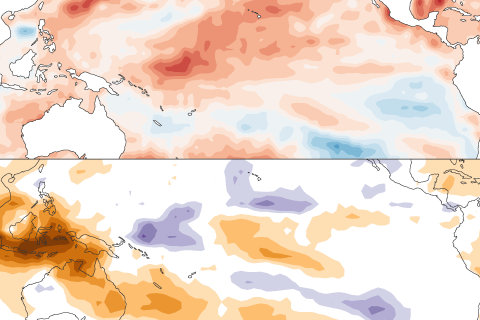
A climate expert proposes an alternative for defining what's average when it comes to predicting El Niño and La Niña.
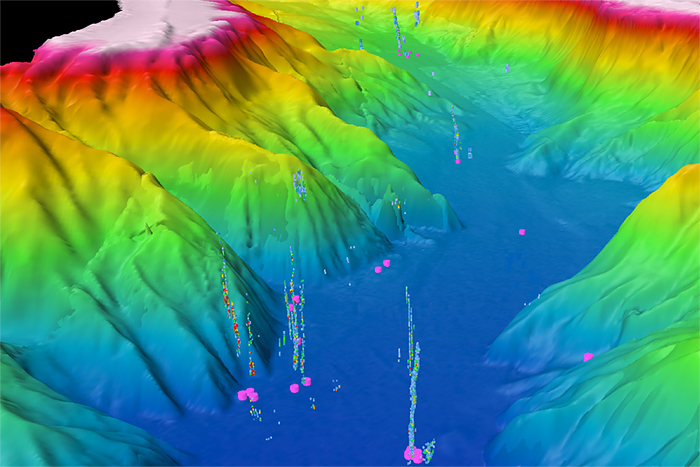
Although the West Coast continental shelf has long been known to host methane bubble streams, scientists used to think those streams were rare. A new study in Frontiers of Earth Science suggests there are more than 1,300 emission sites between California and Canada.